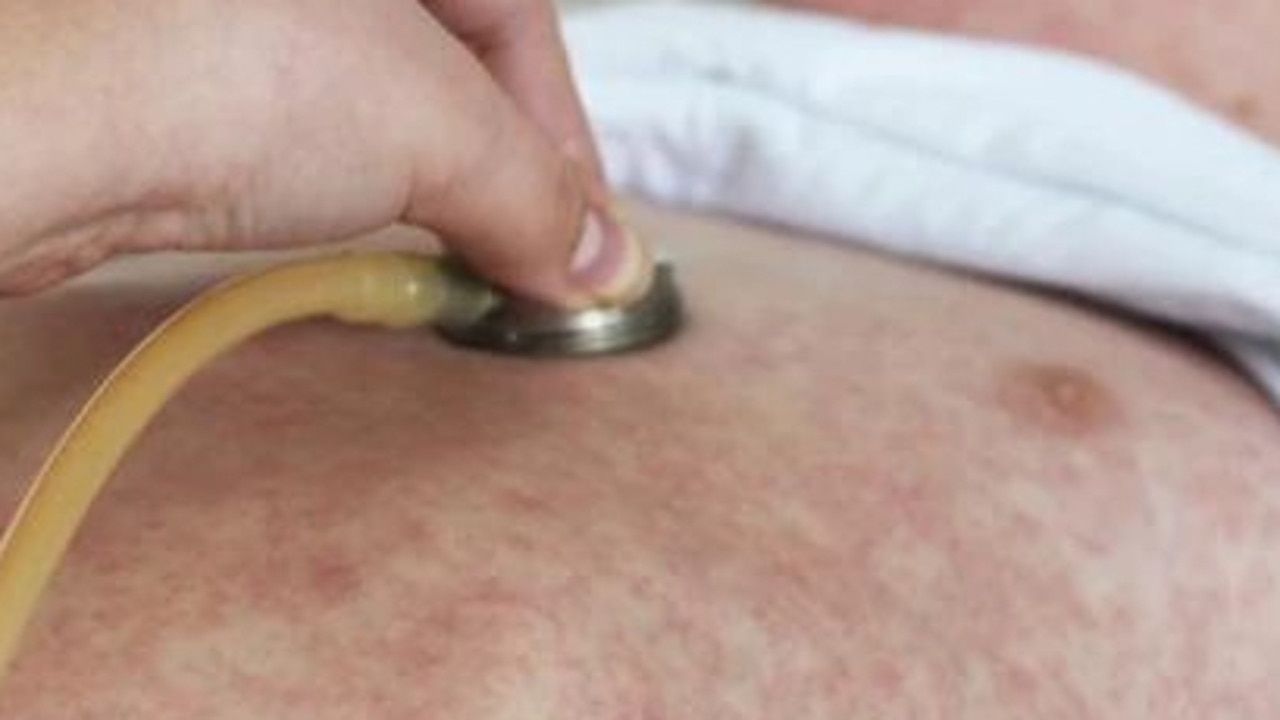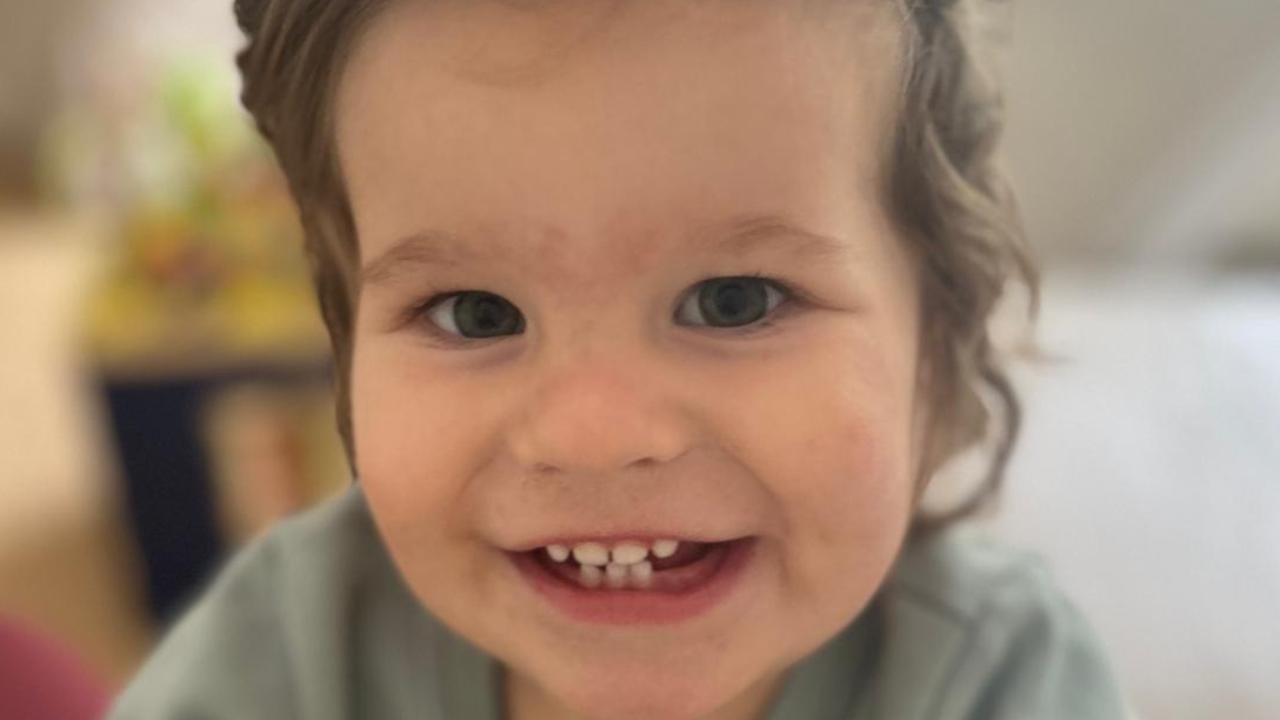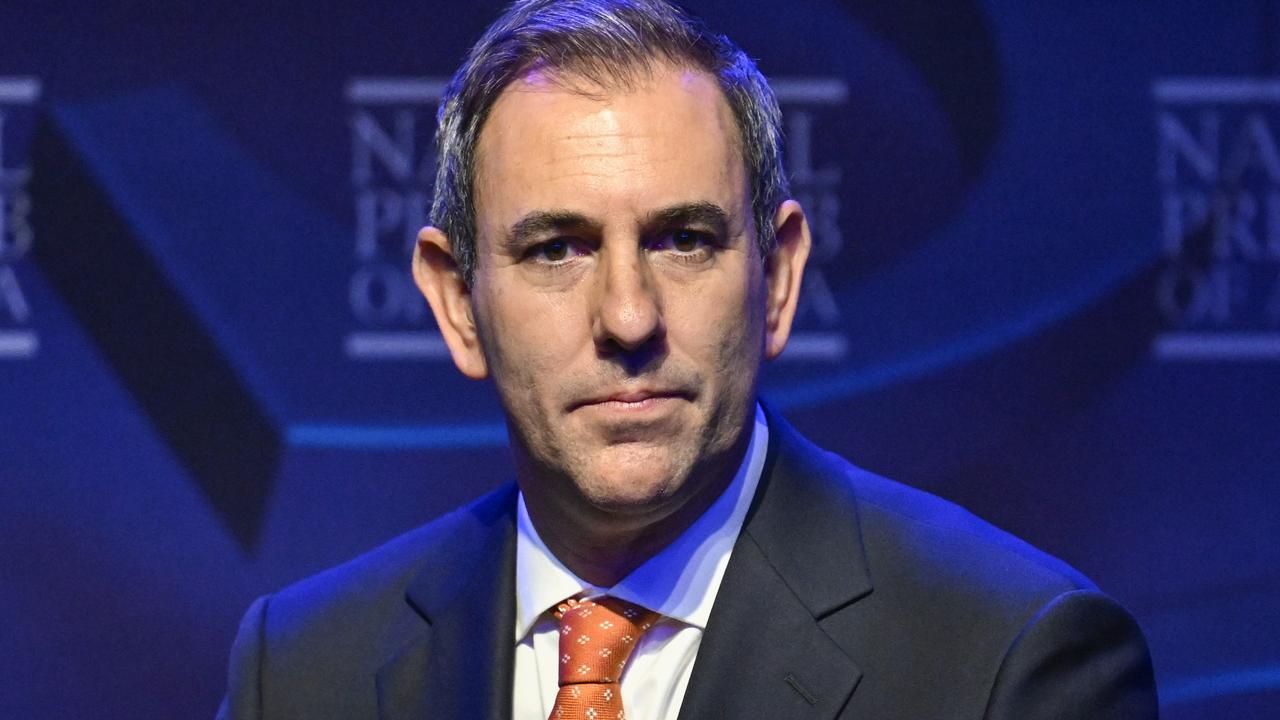Coronavirus: Fewer than 20 cases a day for two weeks needed to end lockdown
The curve is flattening and states are relaxing restrictions, but the chief medical officer says there’s one key step to bringing our lockdown to an end.

The curve is flattening – if not squashed. Some states are easing back the first of tough restrictions imposed when the national coronavirus outbreak began. And after what’s felt like years, Australians are beginning to imagine a nation where life looks “normal” again.
“We know many people have been cooped up for a number of weeks,” NSW Premier Gladys Berejiklian told reporters this morning, following her announcement the state would join Queensland and Western Australia in relaxing some social-distancing restrictions.
“We know it’s been difficult.”
But as the rise in new COVID-19 cases slows, many Australians are starting to come “to the end of their level of acceptance” living under government restrictions and wonder when we’ll really be out of the woods.
“They’re seeing in the media the Prime Minister and other politicians and health leaders speak about the fact that the curve is flattening, that no new cases are popping up,” UNSW social scientist Dr Holly Seale said.
While there still isn’t a finite answer or “magic figure” that will signal we’ve won the war against coronavirus, Australia’s chief medical officer Brendan Murphy has indicated when lockdown measures on a national scale could finally be lifted.
RELATED: Follow the latest coronavirus updates
RELATED: How are you coping during the pandemic? Take our survey
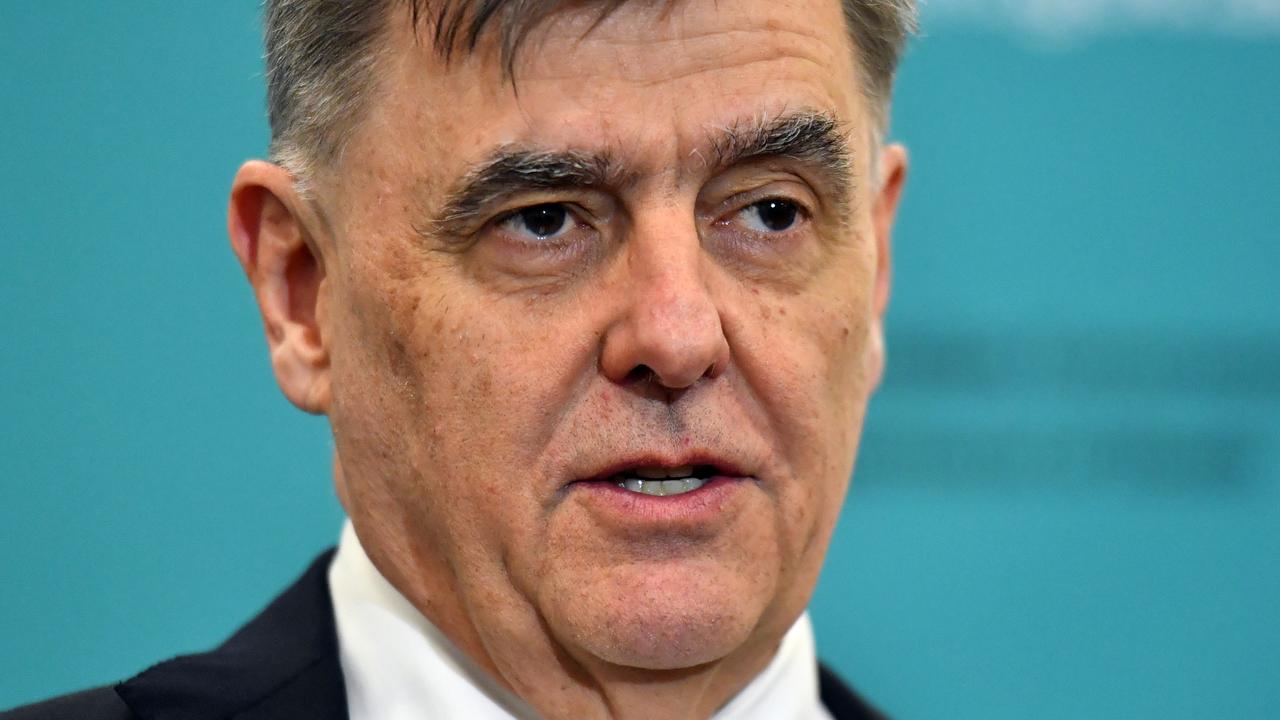
Asked at a press conference yesterday when baseline restrictions could be eased, Prof Murphy said it could happen once Australia recorded less than 20 new cases of the virus per day, over a series of weeks.
“If a current trend stays as we are now with 20 or fewer cases a day and very few of them being those community traces with that epidemiology link that would put us in a very strong position,” he explained.
“We will not release restrictions until the risk is seen to be sufficiently low that it is manageable.”
A “better position” would be no new virus cases in two weeks, he said, adding the government’s testing regime had again been expanded.
Australia has now recorded more than 6700 cases of COVID-19, with the death toll standing at 85.
“If we are going to consider at the National Cabinet in a few weeks time a relaxation of distancing measures, we need to do so well-prepared,” Prof Murphy said, referring to the upcoming state and federal government meeting on May 11 to discuss the easing of baseline restrictions nationwide.
“The more secure we are about our public health response and the more secure National Cabinet will be about thinking about taking those gentle cautious steps that we want to take.”
RELATED: ‘Dramatic effect’ of Aussie virus measures
Deputy chief medical officer Nick Coatsworth told news.com.au Australians have done a “wonderful job” in flattening the curve, and that the nation was in an “enviable position”.
“But just because the parachute has slowed your descent doesn’t mean you can take it off before you reach the ground,” Dr Coatsworth said, adding a premature ending of restrictions could risk a second wave of virus infections.
“The Australian Health Protection Principal Committee (AHPPC) is discussing the next suite of relaxations, however the PM has been clear that the current recommendations will stay in place for at least the next two and a half weeks or so.”
While it might feel like it at the moment, “the restrictions we all living under will not be in place forever,” Dr Coatsworth said, “but they will remain in place for now at least”.
Dr Seale said it was important to “highlight the wins” and congratulate Australians on following measures so well, but at the same time “highlight that this is still an ongoing issue”.
“We don’t understand what is going to be the outcome of loosening these restrictions and that there may be a time where some restrictions may have to be employed again,” she said.
RELATED: When will lockdowns end in my state?
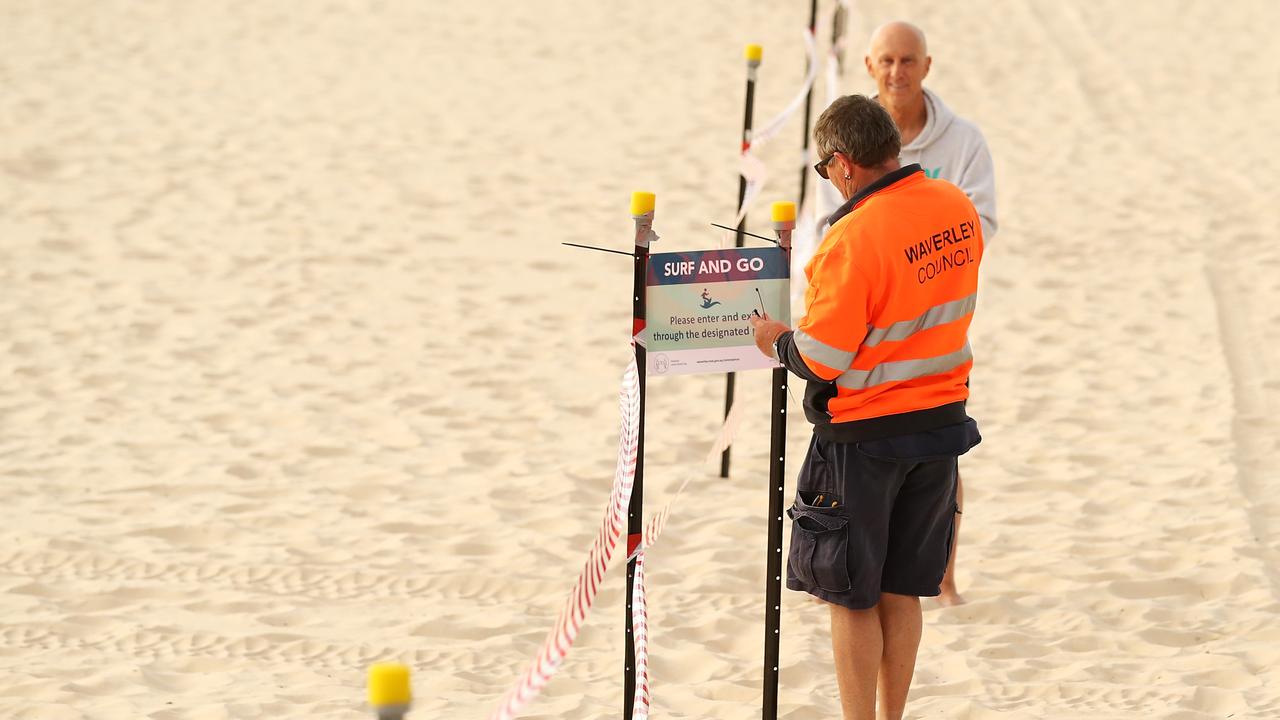
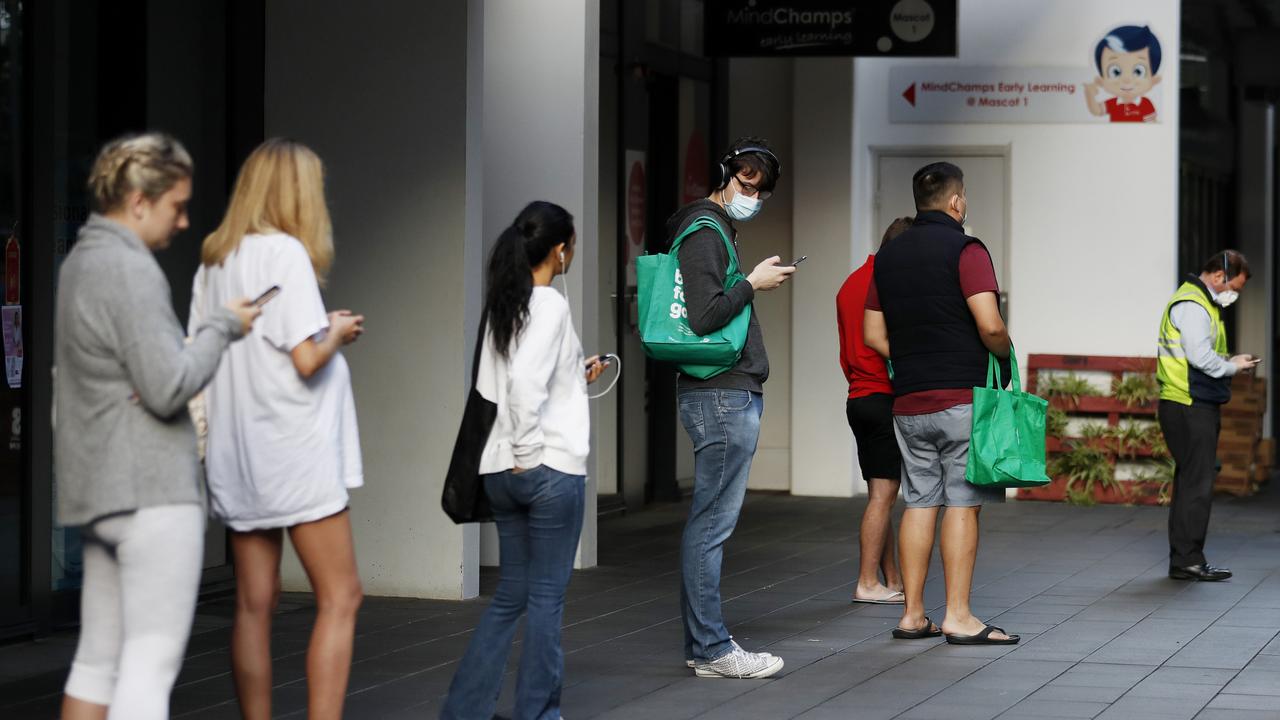
The lifting of restrictions might be on the horizon, but don’t expect life to completely return to normal until there’s a vaccine readily available, Prof Murphy said.
“Even if we relieve restrictions in the future, people need to change the way they interact permanently. Permanently,” he told reporters.
Hygienic, consistent handwashing methods and maintaining a safe distance of 1.5 metres from others will become a way of life from now on, he explained.
“If we are going to relax these distancing measures, the things we have closed, we have to change how we interact as human beings until we are through this virus.”


